Since 1822 Spigadoro pasta has been made with a few simple ingredients: an exclusive blend of fine durum wheat semolina for a high protein value, bronze die extrusion and medium-low temperature drying that make it the true Italian pasta.
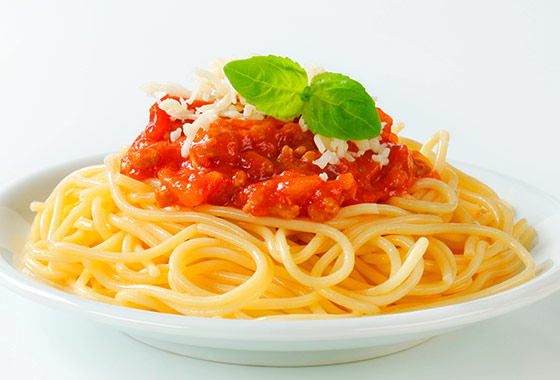
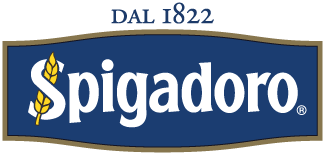
Spigadoro - A historic brand of Italian Pasta since 1822.
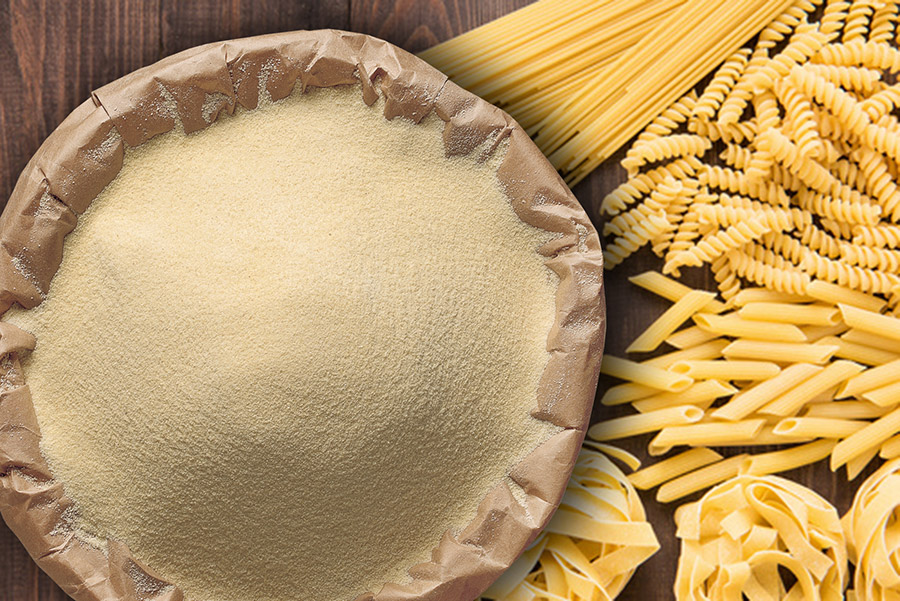
Long ago in 1822, the current of the Chiascio river powered the millstone for crushing olives at the old oil mill owned by Antonio Petrini, and later provided the energy to rotate the water wheel of the mill for grinding flour and wheat semolina.
Being founded in Umbria is important for a food company: it means being close to and respecting the land and its products, and that is why the Spigadoro brand guarantees products of the highest quality.
Today the Spigadoro food division of the Podella Family consists of:
- a mill for the production of regular and organic durum wheat semolina. The mill provides the semolina and the blends for the Spigadoro pasta factory, and it is also a partner of prominent Italian food companies.
- a pasta factory that meets the needs and the complex segmentation of the market with over 100 pasta shapes, from the classic types to the most imaginative specialties, from rough, porous egg pasta to organic and whole wheat pasta and gluten-free corn
and rice pasta.
The Spigadoro pasta factory is also able to guarantee the production of authentic Italian pasta by having its own mill, essential for achieving quality control over the entire production cycle.
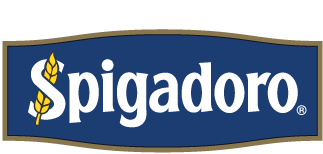








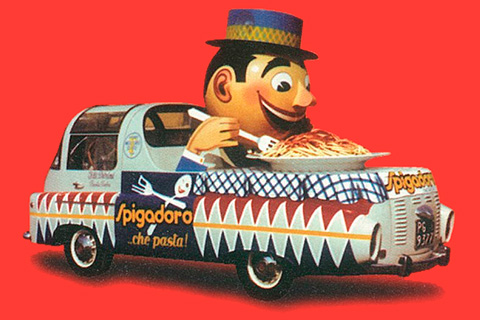
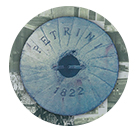
For almost 200 years, generations of Italians have "grown up" with our pasta.
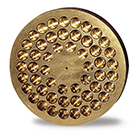
We have never stopped using bronze dies. Today like yesterday.

Our production cycle has always provided for the slow drying of the pasta. Haste is a stranger to our factories.

We care about the quality of our pasta, so we select only the best Italian durum wheat. Spigadoro pasta tastes good and is good for you.